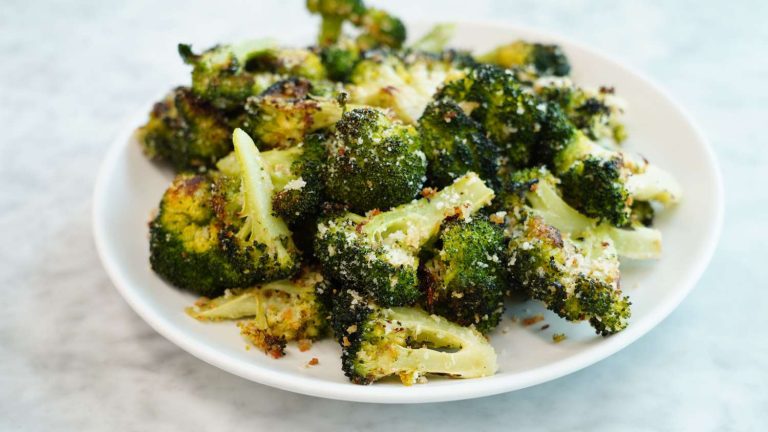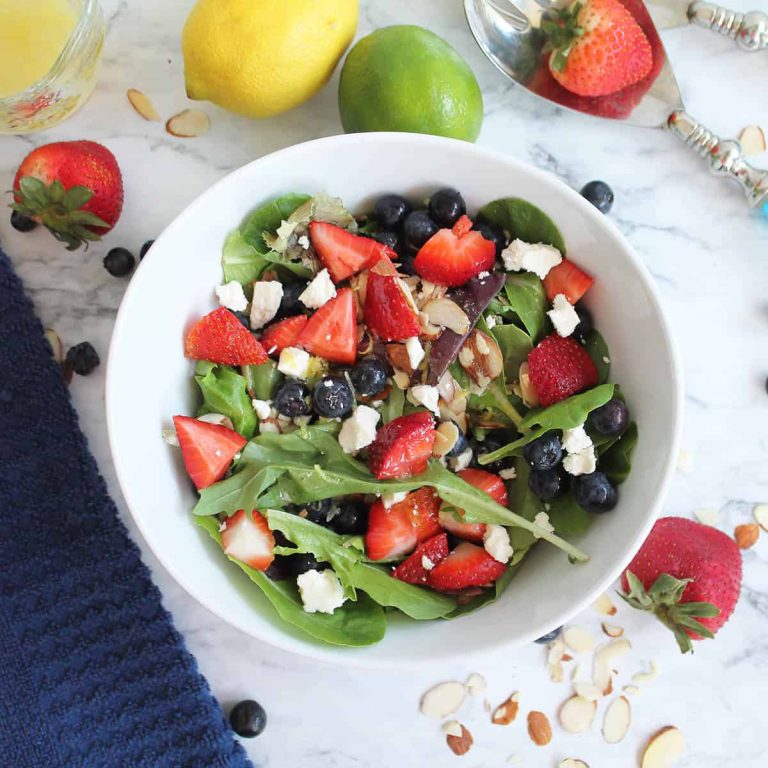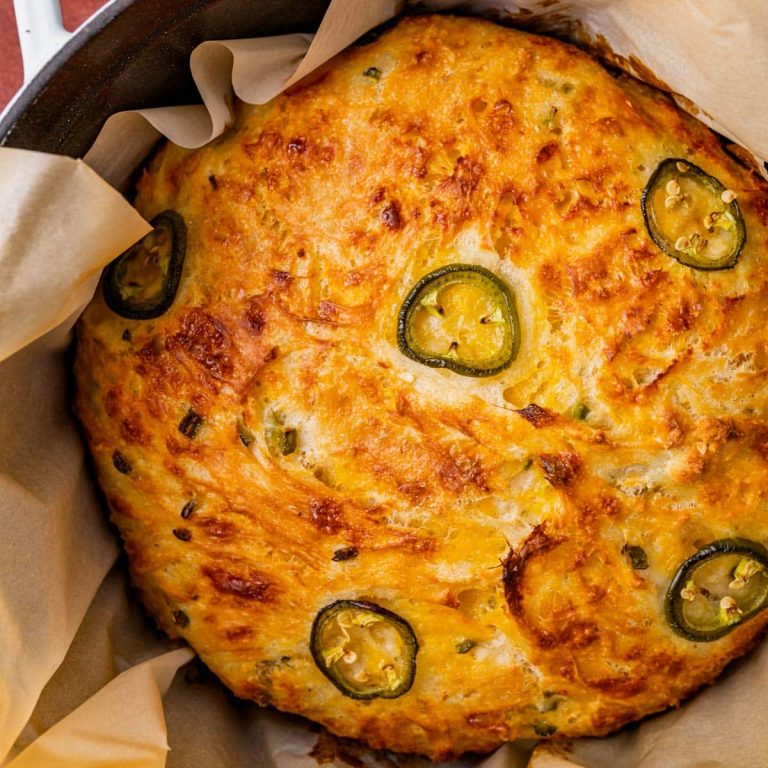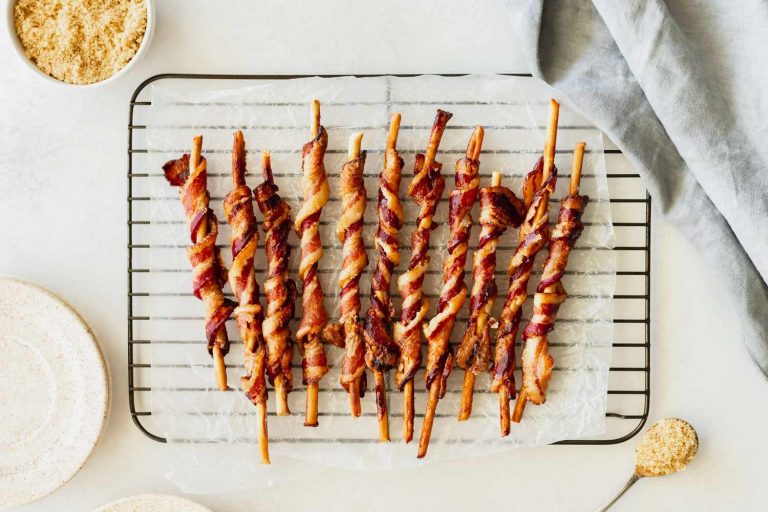Scrumptious Seafood Linguine: History, Recipe Tips, and Perfect Pairings
Seafood linguine combines two culinary traditions: Italian pasta dishes and maritime cuisine. While pasta has origins in ancient Rome, the first recipes resembling modern pasta dishes appeared in the 13th century. Linguine, meaning “little tongues,” emerged later as a versatile pasta perfect for thick sauces and varied ingredients.
Seafood, an essential part of Mediterranean cuisine, has been enjoyed in Italian coastal regions for centuries. Combining these elements, seafood linguine became an ingenious way to use local, fresh produce. This dish is particularly popular in regions such as Liguria and Campania, where fishing has deep cultural significance.
Evolution Into a Modern Delicacy
Over time, seafood linguine has evolved into a dish that adapts to various culinary traditions. Initially, it featured simple ingredients like olive oil, garlic, and local fish. As trade expanded, tomatoes, exotic herbs, and spices were added, enriching the flavors while maintaining its classic appeal.
Today, seafood linguine often includes an array of seafood such as shrimp, clams, and squid, making it a hearty and luxurious meal. Chefs worldwide have embraced this dish, introducing innovative twists like truffle oil or diversifying the pasta used. Whether enjoyed in a fine dining restaurant or a cozy home setting, seafood linguine continues to captivate with its rich heritage and delicious taste.
Key Ingredients for the Perfect Seafood Linguine
Choosing the Right Seafood
Freshness is crucial when selecting seafood for your linguine. Choose high-quality ingredients like shrimp, clams, mussels, and calamari. Shellfish should have tightly closed shells, an indication of freshness. Look for shrimp with firm texture and a slight sheen. Calamari should be moist and white. Rinse all seafood thoroughly and remove any beards or debris from shellfish. Using a variety of seafood components enhances flavor complexity and adds layers of texture to the dish.
Selecting Pasta and Herbs
Opt for high-quality linguine pasta made from durum wheat for the best texture. Cook pasta until al dente, retaining a bit of bite to complement the tenderness of the seafood. Fresh herbs add a burst of flavor and aroma. Use parsley, basil, and thyme for the best results, adding them towards the end of the cooking process to preserve their vibrant flavors. Incorporating herbs enhances the overall taste and sprinkling freshly chopped parsley as a garnish adds a pop of color.
Each ingredient plays a significant role in the overall taste and texture of your seafood linguine. Prioritizing freshness and quality ensures a delicious and satisfying dish.
Recipe Variations of Scrumptious Seafood Linguine
Classic Recipe
The classic recipe for scrumptious seafood linguine includes a blend of fresh ingredients found in Mediterranean cuisine. Start with high-quality linguine pasta, cooked al dente. Combine shrimp, clams, mussels, and calamari as the seafood base. Sauté garlic and shallots in olive oil until fragrant, then add the seafood. Pour in white wine and let it reduce. Finish with chopped tomatoes, a handful of fresh parsley, and a splash of lemon juice. Serve immediately for the best flavor.
Modern Twists
Modern twists on seafood linguine introduce unique flavors and ingredients. Replace white wine with sake for an Asian-inspired version. Add a splash of truffle oil to the final dish for an earthy, luxurious enhancement. Incorporate different seafood, such as crab meat or scallops, to diversify the protein choice. Substitute traditional pasta with gluten-free or whole wheat options for dietary preferences. Experiment with spices like red pepper flakes or saffron to add a distinct kick. Each variation can offer a fresh perspective on a beloved classic.
Cooking Techniques to Perfect Your Seafood Linguine
Preparing Seafood
Select fresh seafood like shrimp, clams, and squid for the best flavor and texture. Clean seafood thoroughly, removing shells and beards from clams and deveining shrimp. Pat seafood dry before cooking to prevent excess moisture, which can affect the cooking process. Marinate seafood with herbs and garlic for at least 15 minutes to enhance its flavor.
Blanch shrimp and squid separately for two to three minutes to keep them tender. In a large skillet, sauté seafood with olive oil over medium heat until it turns opaque. Use white wine or fish stock to deglaze the pan, infusing dishes with rich flavors.
Achieving Al Dente Pasta
Boil linguine in salted water according to package instructions, typically around eight to ten minutes. Stir pasta occasionally to prevent sticking. Taste pasta two minutes before the recommended time to ensure it reaches an al dente texture, which is firm yet not hard.
Drain pasta, reserving about a cup of pasta water to adjust the sauce’s consistency. Toss pasta immediately with seafood and sauce in a large pan. This step helps the pasta absorb flavors and retain a slightly saucy coating. Serve pasta hot for the best taste and experience.
Pairing Your Scrumptious Seafood Linguine
Wine Selections
Pairing wine with your seafood linguine enhances the dining experience, balancing flavors and accentuating the dish’s elements. Opt for white wines over reds due to their acidity and lighter body, which complement seafood.
- Chardonnay: Choose unoaked Chardonnay for its citrus and mineral notes, which align well with the garlic and herbs.
- Sauvignon Blanc: Select Sauvignon Blanc for its zesty acidity and green apple flavors that complement shrimp and clams.
- Pinot Grigio: Pick Pinot Grigio for its crispness and light body, making it a versatile choice for various seafood.
- Vermentino: Go for Vermentino if you want a wine with herbal undertones that enhance the dish’s fresh herbs.
- Albariño: Albariño’s vibrant acidity and stone fruit flavors harmonize with the briny notes of the seafood.
When serving a creamy or tomato-based seafood linguine, consider a lighter red, like Pinot Noir, if you prefer red wine.
Side Dishes
Choosing the right side dishes is crucial to create a balanced meal with your seafood linguine. Aim for sides that are light to not overshadow the main dish.
- Green Salads: Go with a simple green salad with mixed greens, cherry tomatoes, and a light vinaigrette to add freshness and crunch.
- Garlic Bread: Opt for garlic bread, which offers a crunchy texture and garlic complement to the pasta’s flavors.
- Roasted Vegetables: Include roasted vegetables like asparagus, zucchini, or bell peppers for added nutrition and color.
- Caprese Salad: Choose Caprese salad with ripe tomatoes, fresh mozzarella, and basil if you want an easy, flavorful side.
- Steamed Asparagus: Steamed asparagus with a squeeze of lemon complements the seafood without adding heaviness.
Coordinate the flavors and textures in your sides with those in your seafood linguine to achieve culinary harmony.
Conclusion
Seafood linguine offers a delightful fusion of Italian pasta and fresh maritime flavors. By selecting quality ingredients and mastering key cooking techniques, you can create an impressive dish that tantalizes taste buds. Pairing it with the right wine and side dishes enhances the overall dining experience. Dive into the world of seafood linguine and bring a touch of coastal elegance to your table.






